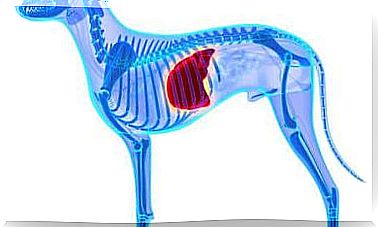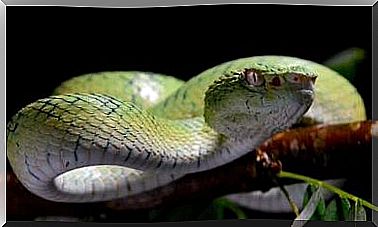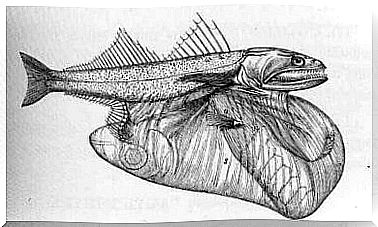10 Fastest Animals In The World
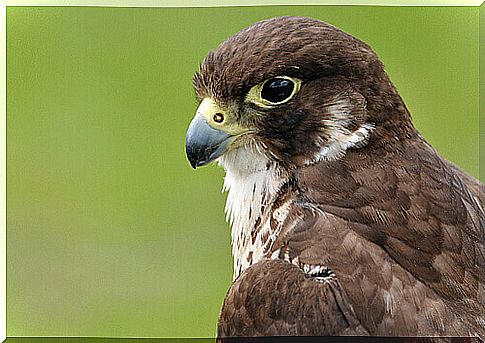
Not all humans have the same ability as Usain Bolt. However, there are other beings capable of running at very high speed, whether on land, in water or in the air. In the following article, we’ll tell you which are the 10 fastest animals in the world, with which, without a doubt, you could never bet a race.
What are the fastest animals out there?
The 10 fastest animals in the world can cover great distances in a very short time, due to their agility and dexterity. These are the fastest animals on the planet:
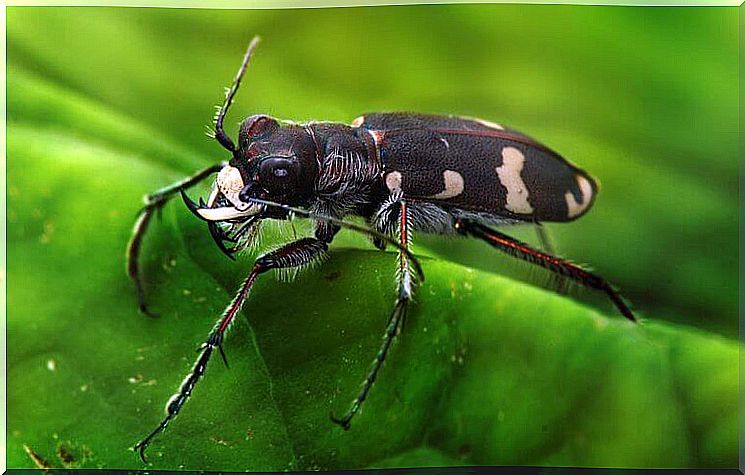
Source: Richard Bartz
-
peregrine falcon
It crosses the clouds in an impressive way. This majestic bird flies at an average speed of almost 100 km/hour. However, when you see prey on the mountain (for example, a mouse) it can reach 360 km/hour. It has enviable eyesight and can fly faster than a Formula 1 car.
-
Cheetah
Number 2 on the list of fastest animals has the ability to achieve, in a short distance, no less than 120 km/hour. This beautiful feline, with spotted fur, is the fastest terrestrial predator in existence. It lives in the Middle East and in the savannas of Africa. It also has incredible eyesight and tends to stalk its prey unobtrusively.
-
sailfish
We now move on to the aquatic environment, where this fish moves at the same speed as the cheetah (about 110 km/hour). With a very characteristic body, as it has a long sting-shaped beak, and a giant upper scale, which earned it the nickname “sail” because it is similar to boats, this fish, besides everything, can change of color to confuse your fangs.
-
tiger beetle
In this case, it is the fastest insect there is, which will haunt you, because although it is small, it is a dangerous predator (hence its name “tiger”). As he moves very quickly from one side to the other, he stops from time to time on the way, so he can focus … because at such speed, his eyes lose sight of the landscape. It can reach no less than 2.5 meters per second.
-
mako shark
We return to the sea to talk about this huge fish that crosses the water at a speed of 124 km/hour when it is in full hunting. He is known as “the hawk of the ocean” and is very dangerous for people as he doesn’t hesitate to jump over fishing boats to get food.
-
Hummingbird
This beautiful colorful bird is tiny but very fast. Their little wings are barely seen so fast they move. At just 10 cm long, the hummingbird can fly at no less than 100 km/hour. Another interesting thing about this little animal is that it is the only species that can fly backwards, remain motionless in the air or fly down (but not like the hawk).
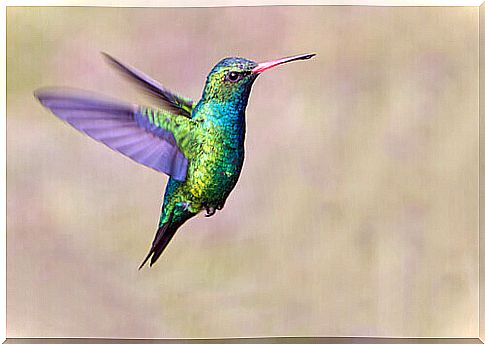
-
Swordfish
Also called Emperor or Gladiator, it can measure 4 meters and weigh 500 kg. It draws attention for its elongated beak (hence the name “sword”) and is part of this group of the 10 fastest animals, because it can reach 100 km/hour when it swims after prey. It also has an aerodynamic fin that allows it to jump out of the water without any problems.
-
Siberian tiger
Nobody can deny that cats are some of the most beautiful beings out there. And also the fastest! In this case, the beautiful Siberian tiger reaches 90 km/hour. His record has an added bonus, as he does it in the middle of snow (where it’s easier to sink). This tiger, in turn, is the largest of its species and has a coat with unique stripes on each specimen, which also mark its skin.
-
Ostrich
The biggest bird is also one of the fastest (third to be precise). Although it cannot fly and only walks on two legs, this long-necked, feathered animal can run up to 70 km/hour and weigh 150 kg. With just 1 month of life, ostrich babies can reach 55 km/hour. at any age, they can maintain speed over long distances without tiring and without stopping.
-
Dragon-fly
We finished the ranking of the 10 fastest animals with this insect with semi-transparent wings and an elongated body, which can fly up to 100 km/hour, even though the average is 25 km/hour (which is very much for a small animal of this size) . They only live for two weeks, and maybe that’s why they seem to be in a hurry.
Source of images: Guillermo Fdez and Richard Bartz.
